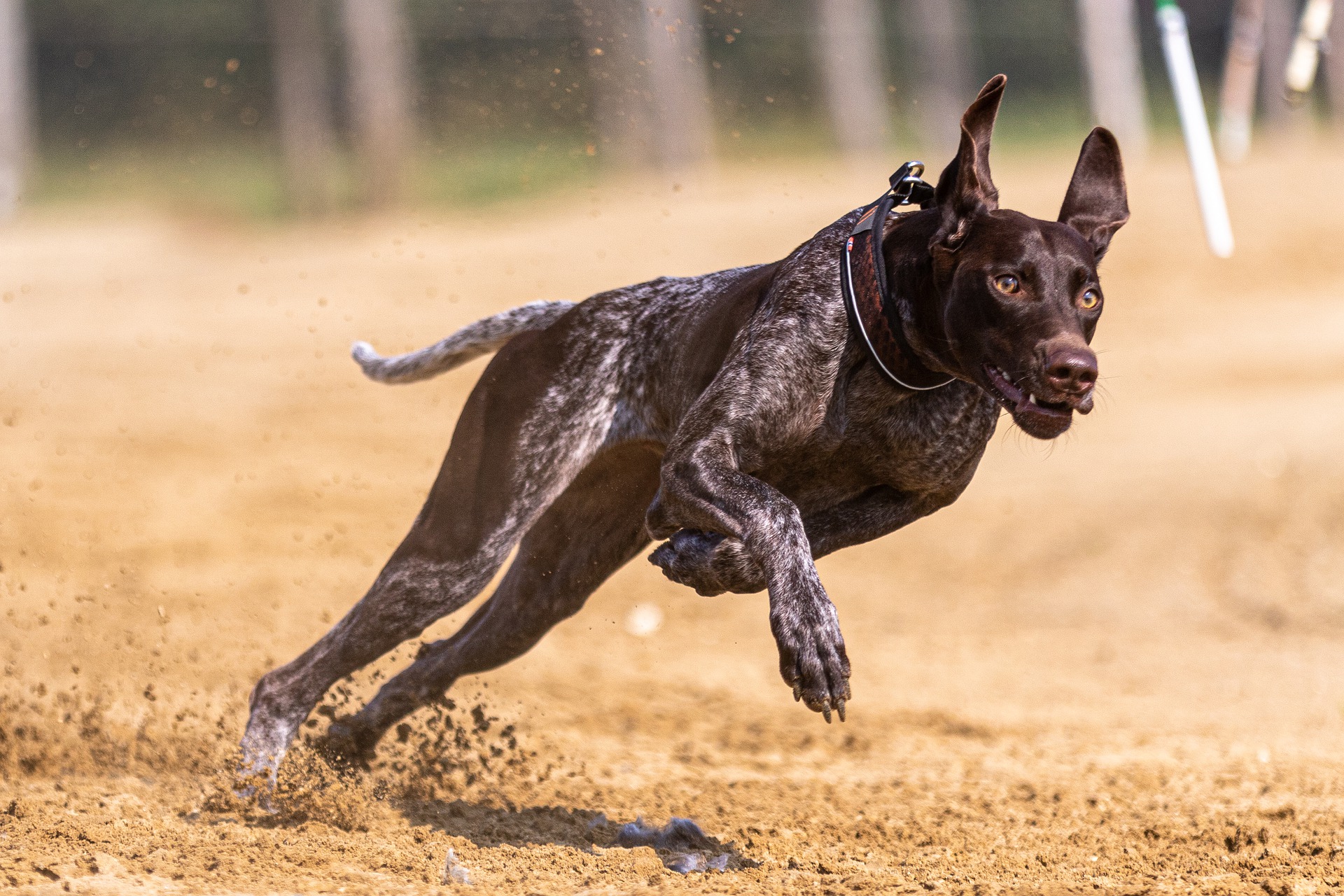Our pups make excellent snuggle buddies, but it’s equally important that we make sure they are getting plenty of exercise as well. According to the Association for Pet Obesity Prevention, more than 50% of dogs nationwide are overweight due to overfeeding and not enough time spent moving in canine exercise.
Obesity causes serious issues throughout a dog’s life, including joint pain, heart disease, diabetes, and an overall lower quality of life. It is crucial to identify when your dog is becoming pudgy, and to make adjustments to keep them healthy. While changing the amount of food they receive is a good first step, you also need to consider whether you are giving them enough exercise.
A dog’s exercise requirements depend on their breed, age, and individual situations.
In general, you should strive to give your dog between 30 minutes and 2 hours of canine exercise each day. For a quick estimate as to how much your dog needs specifically, consider their size and breed. It doesn’t take long for small dogs to get tired out; however, medium-sized dogs like labs, terriers, and hounds need multiple brisk walks per day or a playdate with a furry friend to meet their exercise requirement.
Large dogs like St. Bernards and Great Danes need little exercise–a couple short walks are best. And of course, herding breeds like collies need a good daily run to release pent-up energy as well as to stay physically fit.
Healthy Dogs and Canine Exercise
Most people don’t understand what a healthy-weight dog looks like, so they don’t realize that they need to adjust their pup’s lifestyle. While a healthy body shape looks slightly different depending on the breed, there are key characteristics to look for in a dog to tell whether it is healthy.
- Stand over your dog and look down at them. What shape is their body? A dog that is at a healthy weight will have a defined waist–their body shape will widen around their ribcage, but then thin out at the waist. As a dog gains weight, their shape becomes oval-shaped, and you can no longer identify their waist.
- Now look at them from the side. In the same way their waist should look “pinched” from above, you should also notice a defined waist from a side angle. The line of their lower body should dip down at their chest, then rise up along their ribcage and peak at their waist. If the rear half of their lower body falls in line with the chest, your dog is likely overweight.
- Next, feel your dog’s ribs. A lot of fat sits around dogs’ rib cages, so using a touch-test is a great way to gauge their health. If their ribs are barely visible when you look at them, but you can easily feel the distinct bones, your dog is at a healthy weight. As a dog gains fat, it becomes harder and harder to feel the ribs.
- How’s their mood? While you may not have noticed your dog putting on some weight, other behaviors can clue you into your dog’s weight. Has their energy level decreased over the last few months? Do they seem out of breath after doing simple things like walking up the stairs or jumping onto the couch? If so, your dog is likely not in shape.
The team at Gulf Coast K9 Dog Training is dedicated to the health and happiness of all the dogs which come into our facility. If you are looking for expert dog training from professionals who care, call us today.





